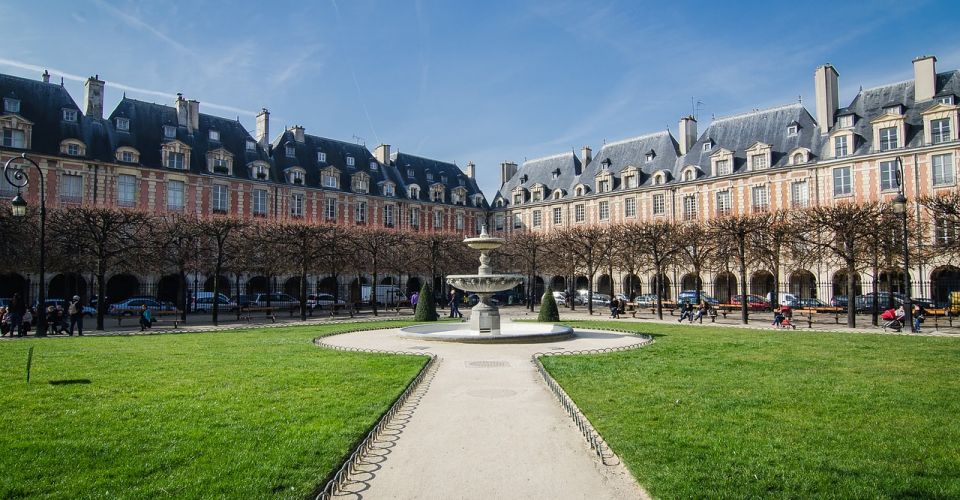
Around
Place de la Bastille
In the centre of the square, the famous "Génie de la Liberté" (Spirit of Freedom) commemorates the revolution of 1830, but is well known for the 1789 revolution. At the time, the square was occupied by the Bastille Prison, which was a symbol of absolute power in the Ancien Régime. After the prison was destroyed after the revolution, nothing remained. Today, the square plays host to large cultural events such as concerts, fairs and citizen events, and has many bars and restaurants close by on Rue de la Roquette for nightowls to frequent. The square is also the starting point for a stroll on the Faubourg Saint-Antoine, where you can discover courses and picturesque passages: Passage du Chantier, Cour de l'Etoile d'Or, Cour des Trois Frères... the iconic landmark of the district is the Opéra. Designed by architect Carlos Ott, this marvel of modern architecture with transparent facades was inaugurated on the day of the bicentenary of the French Revolution.
Place des Vosges
It is the Crown jewel of a district that is not lacking in attractions! The Place des Vosges is one of the oldest squares in Paris, and also one of the most beautiful. Visitors stroll under the arches or along the paths of the central garden, taking time to admire the beautiful facades of red brick. Shops, open on Sundays contribute to the liveliness of the spot. The square is the ideal departure point for a walk in the Marais, one of the most charming historic neighbourhoods in the capital, with its rich heritage and special atmosphere. The many mansions of the 17th and 18th centuries have been transformed into internationally renowned museums: Musée Picasso Paris, Musée Carnavalet, the house of Victor Hugo museum ... The Rue des Rosiers, the epicentre of the Parisian Jewish community, is well worth discovering for its atmosphere, its shops and its restaurants.
The Père- Lachaise cemetery
The Père Lachaise cemetery takes its name from King Louis XIV's confessor, Father François d'Aix de La Chaise. It is the most prestigious and most visited necropolis in Paris. Situated in the 20th arrondissement of Paris, it extends 44 hectares and contains 70,000 burial plots. The cemetery is a mix between an English park and a shrine. All funerary art style are represented: Gothic graves, Haussmanian burial chambers, ancient mausoleums, etc. On the green paths, visitors cross the burial places of famous men and women; Honoré de Balzac, Guillaume Apollinaire, Frédéric Chopin, Colette, Jean-François Champollion, Jean de La Fontaine, Molière, Yves Montand, Simone Signoret, Jim Morrison, Alfred de Musset, Edith Piaf, Camille Pissarro and Oscar Wilde are among some of them.


 login
login


